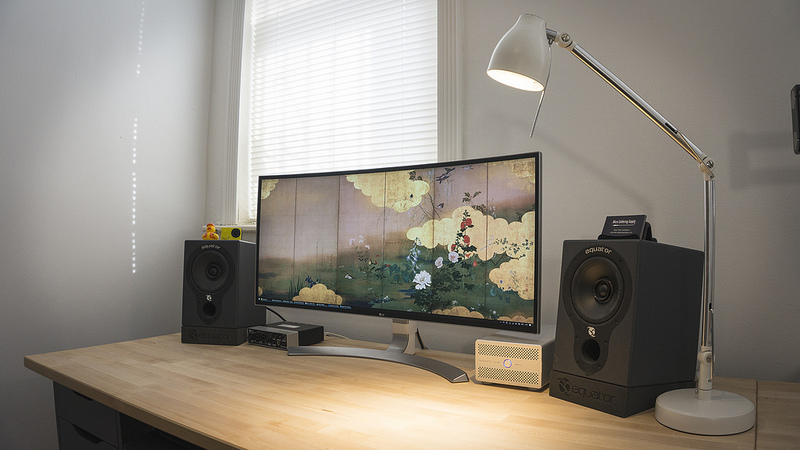Dual Monitors vs. Ultrawide Monitors: Which Is Best for You?
/These days, busy professionals in fields from financial services to graphic design are increasingly relying on multiple apps to get their work done, often running two, three, or more apps at the same time. And the more we flip back and forth between email, spreadsheets, and various business-grade apps in our daily work, the more extra screen real estate becomes a necessity.
The conventional approach to solving this problem has been to use dual monitors. Two separate displays mean the ability to have twice the number of windows available onscreen at one time, minimizing the need to flip between apps and maximizing productivity.
For some users, though, this isn’t an ideal solution. No matter how you have dual monitors mounted or arranged, there is always some space between the two of them, even if that’s just the space of the bezel (casing) that wraps around the monitors, which some users find disorienting. And, depending on your work style, having two separate screens with multiple windows calling for your attention may be distracting.
The good news for folks who aren’t completely satisfied with dual monitors is that monitor technology has come a long way in recent years, meaning that there are more options on the market, and the cost of a great display has come down significantly. A viable option for folks who want the added productivity of having a lot of display real estate without having to resort to multiple monitors is an ultrawide monitor.
What are ultrawide monitors?
Ultrawide monitors are essentially widescreen monitors on steroids, designed to fill your entire field of vision, or pretty close to it. Until recently, a 16:9 aspect ratio (i.e., if a monitor was 16 inches wide, it would be 9 inches tall) was considered “wide.” An ultrawide monitor has 21:9 aspect ratio, making it significantly wider. Many of these monitors are actually curved inward in order to make the experience of using them more immersive.
When can ultrawide monitors replace dual displays?
Ultrawide monitors are a great option for workers who need extra screen real estate to remain productive but who don’t have a specific reason for needing separate screens. Even many folks who like having dual displays now might surprise themselves if they tried out an ultrawide monitor. The “snap” feature in both Windows and macOS makes dividing up a single screen among numerous full windows relatively easy, and with an ultrawide display, many will find that they can interact with all the different apps they need to without having to resort to a second monitor.
That said, some professionals will still prefer dual monitors, either because of the specialized nature of their work, or because of their personal preferences.
If you’re trying to decide whether ultrawide or dual monitors might be best for you or your team, we are more than happy to help. To get you thinking through the pros and cons of both options, we’ll leave you with the lists of advantages and disadvantages for both below.
Pros and Cons of Dual Monitors
Advantages of dual monitors:
Maximum screen real estate
More defined divisions of visual space
Ability to run true fullscreen versions of apps
Disadvantages of dual monitors:
Separation between screens
Potential for distraction
Takes up more space
Requires more cable connections to a computer
Pros and Cons of Ultrawide Monitors
Advantage of ultrawide monitors:
Good screen real estate
Less hardware to mount and manage
Fewer cable connections to a computer
Less potential for distraction
Disadvantages of ultrawide monitors:
Slightly less screen real estate
Inability to run multiple apps in true full-screen mode






